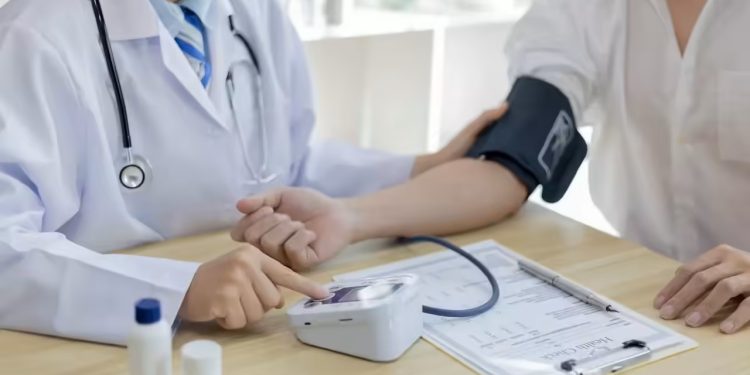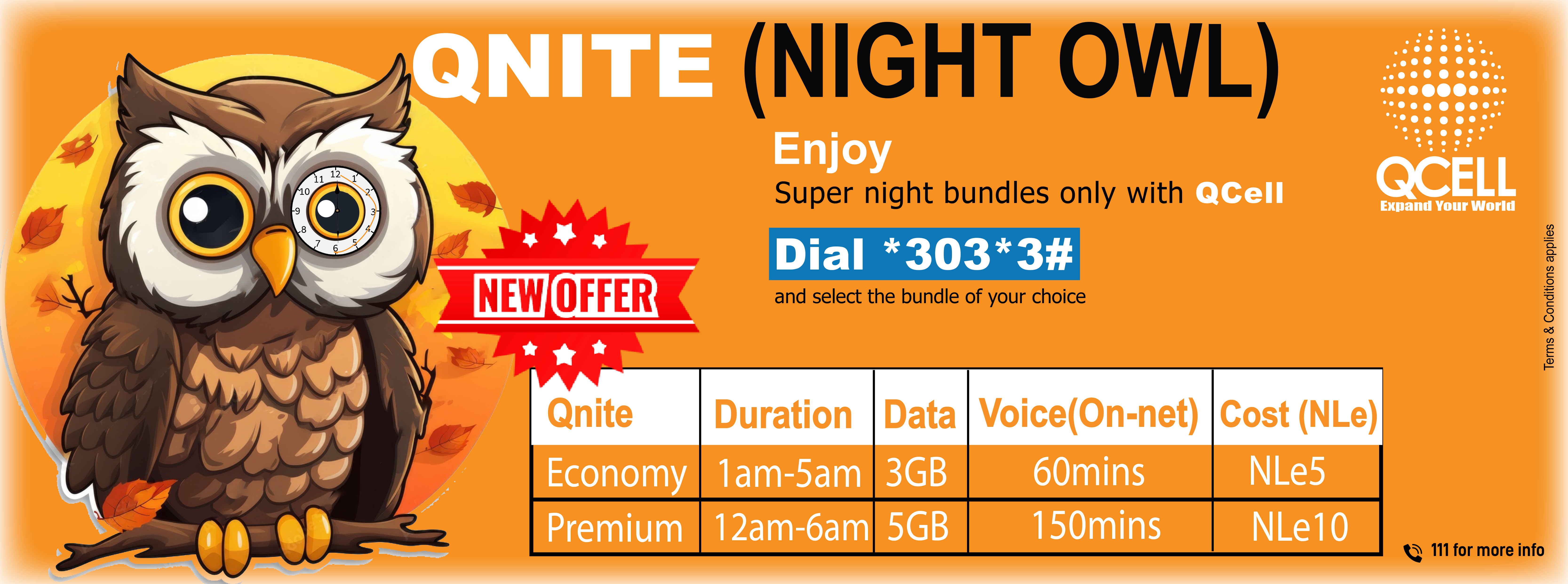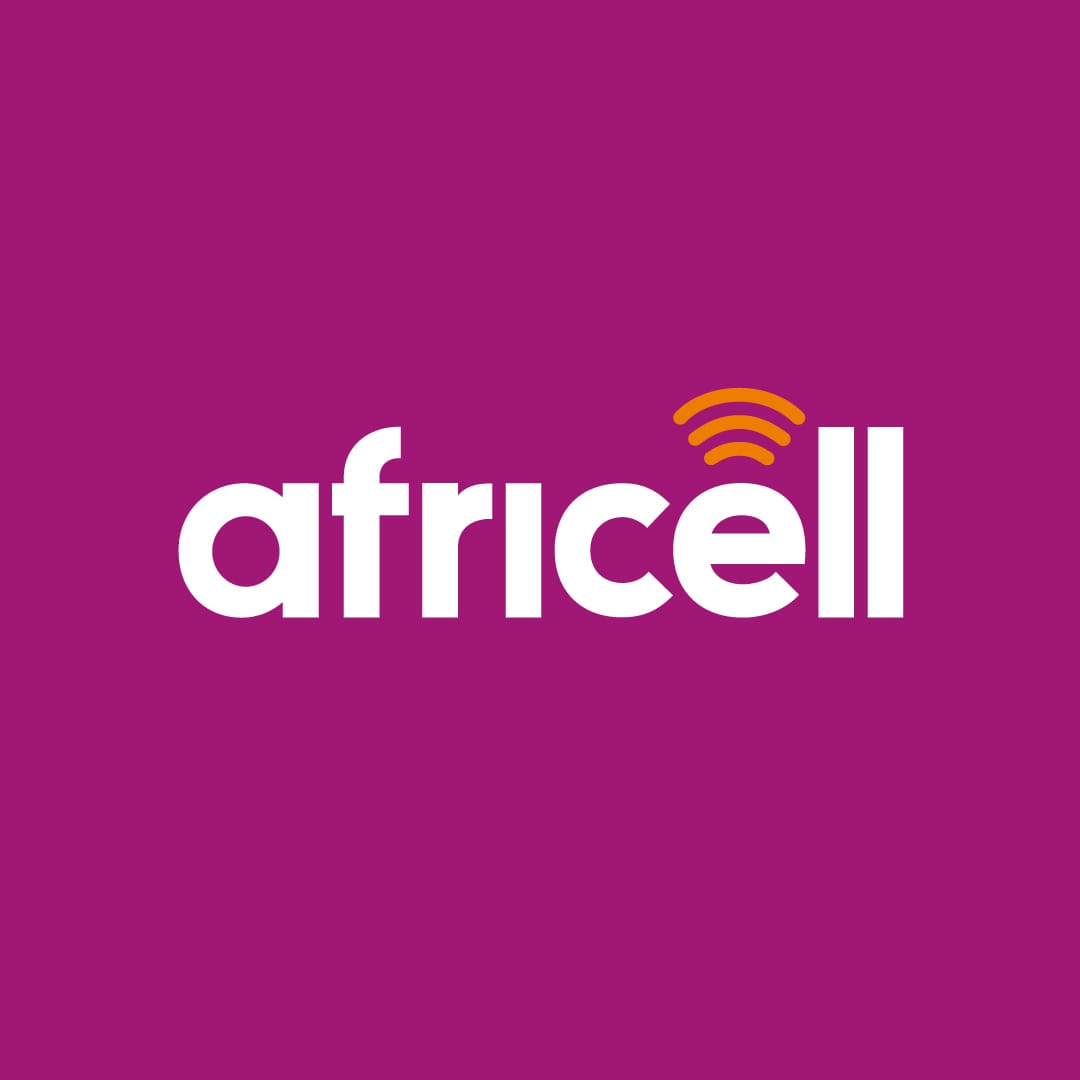By Hassan Osman Kargbo
A staggering 1.4 billion people worldwide were living with hypertension in 2024, yet only 22 percent had their condition under control, according to the World Health Organization’s newly released Global Hypertension Report. The findings expose a silent but deadly epidemic that continues to claim more than 10 million lives each year despite being both preventable and treatable.
The report, produced in collaboration with Bloomberg Philanthropies and Resolve to Save Lives, paints a grim picture of global health systems struggling to contain a condition that contributes to heart attacks, strokes, kidney failure, and dementia.
“Every hour, over 1,000 people die from strokes and heart attacks caused by high blood pressure,” said WHO Director-General Dr. Tedros Adhanom Ghebreyesus. “Most of these deaths are preventable. Countries have the tools to change this narrative.”
Despite decades of progress in medical science, the data shows alarming gaps in access, awareness, and treatment. Of the 195 countries and territories nalysed, 99 have national hypertension control rates below 20 percent. The burden remains heaviest in low and middle-income countries where health systems face chronic shortages of resources and trained personnel.
Between 2011 and 2025, cardiovascular diseases, including hypertension, are projected to cost low and middle-income nations about US$3.7 trillion—equivalent to 2 percent of their combined GDP. Without urgent reforms, these countries risk worsening economic losses while millions continue to die prematurely.
Blood pressure medication remains one of the most cost-effective tools in public health, yet access is far from equitable. Only 28 percent of low-income countries report general availability of all WHO-recommended hypertension medicines in pharmacies or primary health facilities, compared to 93 percent of high-income countries that meet this benchmark.
“Safe, effective, low-cost medicines to control blood pressure exist, but far too many people can’t get them,” said Dr. Tom Frieden, President of Resolve to Save Lives. “Closing that gap will save lives and billions of dollars every year.”
The report highlights several key barriers to progress, including weak health promotion policies targeting alcohol, tobacco, salt, and trans fats; limited access to validated blood pressure devices; lack of standardized treatment protocols; and insufficiently trained primary care teams. It also points to unreliable supply chains, high medication costs, inadequate financial protection for patients, and weak data systems that hinder effective monitoring of national trends.
Dr. Kelly Henning of Bloomberg Philanthropies emphasized the urgency of integrating hypertension control into broader health strategies. “Countries that embed hypertension care into universal health coverage are making real progress,” she said. “But too many are still left behind.”
The WHO is urging governments to embed hypertension detection and management into primary health care systems, strengthen supply chains, and adopt strong national policies to raise awareness and reduce risk factors. With political commitment and sustained investment, the report argues, millions of lives can be saved and the global tide of cardiovascular disease reversed.
At the heart of the message is a simple truth: hypertension is both preventable and treatable. The challenge now is ensuring that the tools to combat it are available, affordable, and accessible to all.













